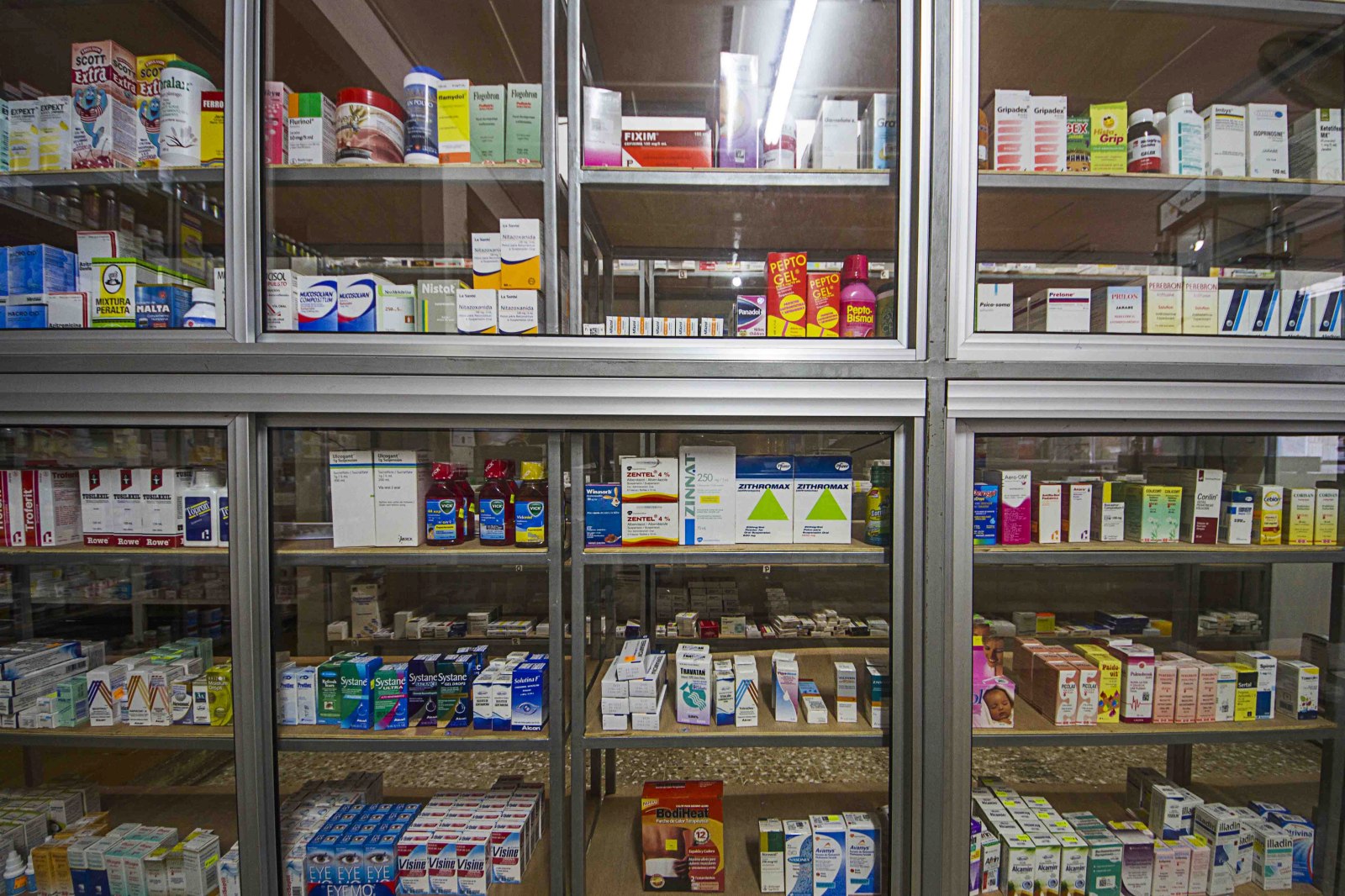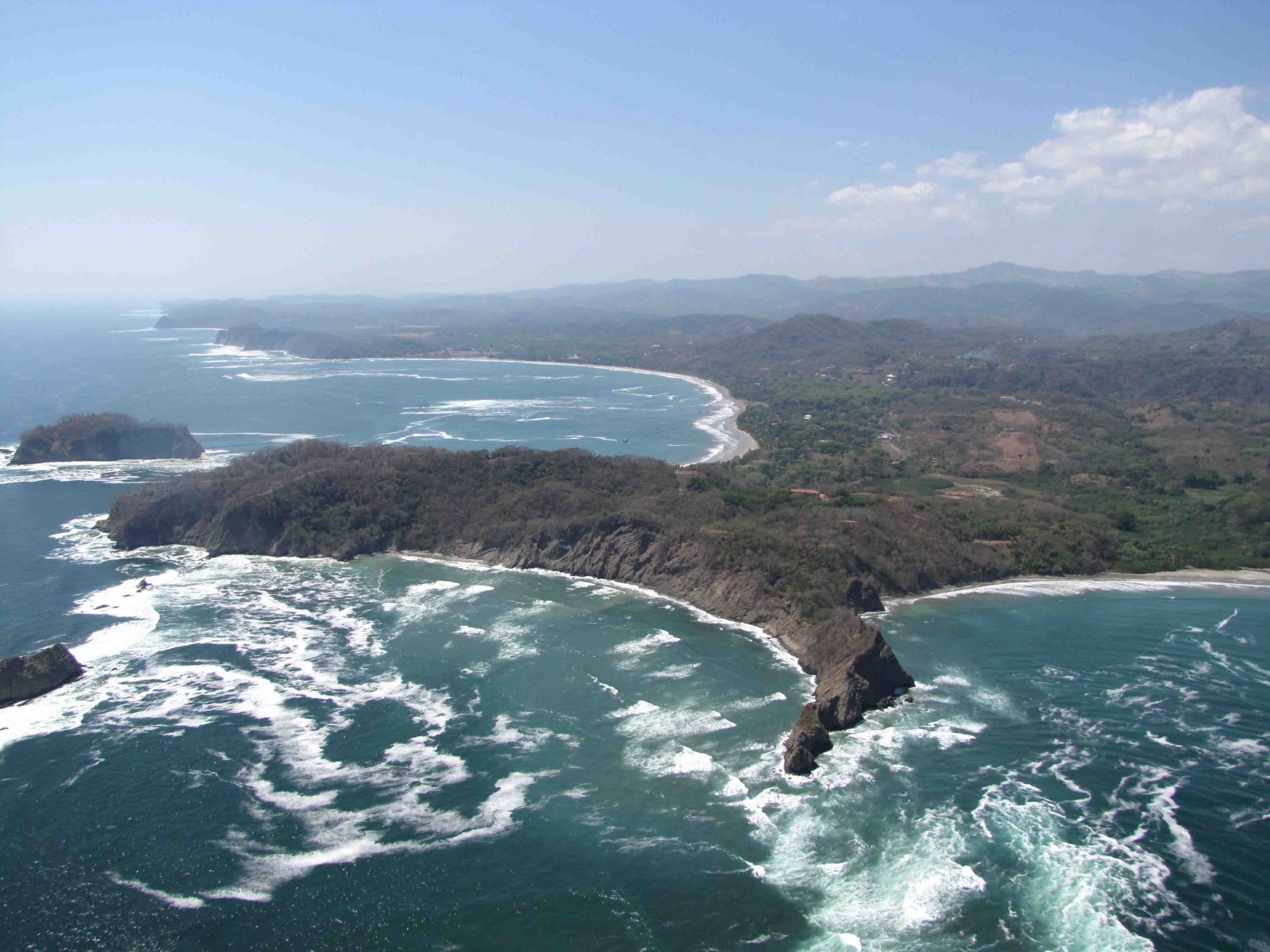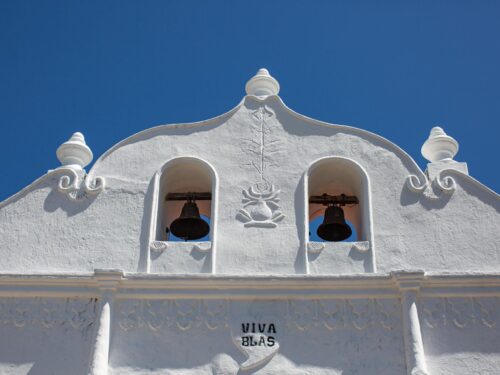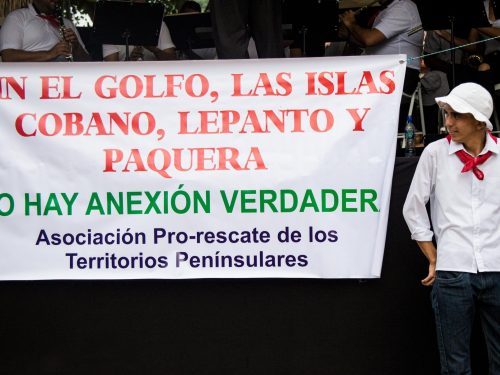
If you have a cold, you’ll probably go to the nearest pharmacy in search of a pill or medication. However the tablet you’re about to buy could be priced up to 62% higher than in another similar pharmacy in Nicoya.
For example, the Voice consulted five pharmacies in Nicoya, Nosara and Samara, and the price of a pill for the flu ranges between 280 and 450 colones (56 to 90 cents U.S.), which means that at one of the pharmacies you could be paying up to 62% more compared to the lowest price of 280 colones.
There is no regulation for drug prices in Costa Rica since 1994, after the 7472 Act passed, which promotes competition and effective consumer protection.
The lack of regulation in medication prices allows medicines to be sold very cheap or very expensive. In effect, at present there is no price control at the level of importers, domestic producers or retailers.
A study conducted in 2007 by the World Health Organization (WHO) compared prices in different countries of 20 medications considered “essential.” According to the results, six of the most expensive prices were found in Costa Rica for Mevacor or Lovastatin (heart problems), Capoten or Captopril (blood pressure), Tegretol or Carbamazepine (convulsions), Zantac or Ranitidine (gastritis), Ventolin or Salbutamol (asthma) and Prozac or Fluoxetine (depression).
In this study, Costa Rica has the fourth most expensive prices in Central American. The study showed that the countries with the lowest prices were Nicaragua and Honduras, precisely where some type of price regulation mechanism is applied.
The Debate Over Price Regulation
It is for this reason that in 2010 the Price Control of Medications Law Project was presented, which aims to control prices of medicines through the determination of profit margins, specific fixed prices and other similar mechanisms.
Furthermore, the initiative proposes establishing a “medication basket,” which would include the 25% most commonly used medications, and the Office of Medication Price Control, which would be under the supervision of the Ministry of Economy, Trade and Industry (MEIC).
However, Ana Victoria Velazquez, director of MEIC’s Department for Promoting Competition, believes that “price regulation is not always the most efficient since a drug can be expensive because it is expensive to produce and because it is patented.” Velazquez said that there are currently more than 6000 drugs registered with the Ministry of Health, which is the entity in charge of endorsing which medicines can be marketed and used by people in the country.
MEIC would have to regulate each of these 6000 medications, so Velázquez estimated that in addition to being expensive, it would be a slow and impractical process, since it would require allocating a budget and permanent staff to do it and because adequate technical studies have not been done to properly assess the proposal.
Lorena Quiros, executive director of the College of Pharmacists, is of the same opinion. She believes that the solution is to set a single price for each product so they would come with the cost already set and marked ready for sale. With respect to the medication basket, Quiros considers the measure “impractical and unfair since not just 25% but all of the medications for all of the most common illnesses should be included.”
Nicoyans Prefer to Pay More
For her part, Nuria Aguero, the doctor in charge of the pharmacy at La Anexion Hospital in Nicoya, said the medical center currently has 95% of drugs that patients need. However, she explained that some people prefer to buy medicine outside of Social Security because it’s faster, “to avoid the lines at the pharmacy or to have an alternative to the prescription medication because there are products that should be taken every six hours and some people buy a similar one that does not need to be taken so often,” she commented.
“Many prefer to pay double for a medication as a matter of convenience,” said Aguero, who also reported that in cases when they don’t have a certain medicine, the hospital orders it to have it available.
Status of the Law Project
On November 21, 2012, the majority of legislators decided in favor of the Price Control of Medications Law Project and a subcommittee was appointed to present a report on the pertinent analysis, study and recommendations. In this document, the Social Security Fund (CCSS) proposes amending the wording of several articles of the project and adding a discount to purchases of medications made by CCSS for its insurance holders.
For his part, Marvin Rodriguez, Vice Minister of Economy, believes that “there should be a revision of the legal framework. That means revising some articles of the General Health Law.” Rodriguez believes that any laboratory, whether big or small, should be allowed to distribute and sell its products to pharmacies.
Currently, the Price Control of Medications Law Project is still being studied in order to later be put to a vote in the Legislature.







Comments